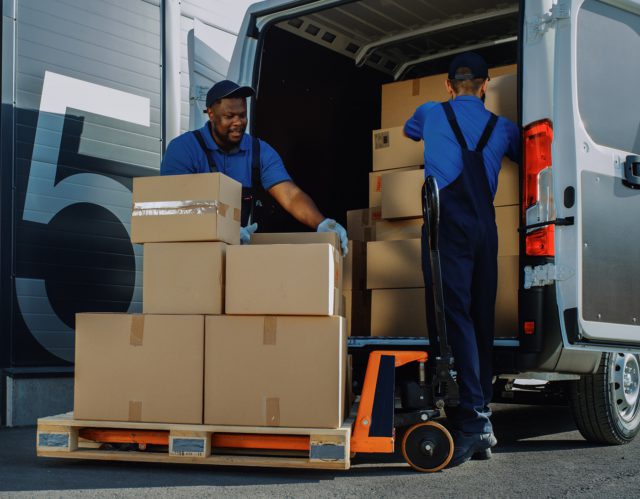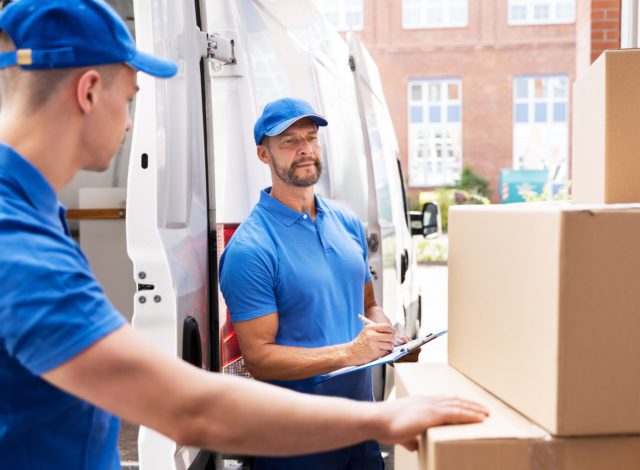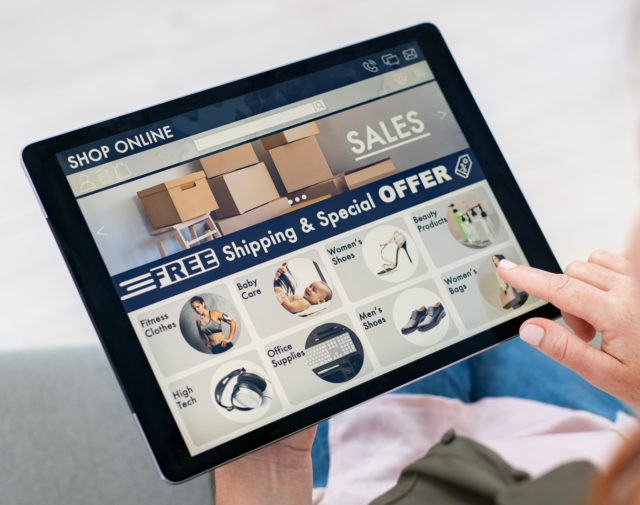How to Prevent Escalating Parcel Shipping Charges from Eroding Your Bottom Line
How Can Shippers Balance Customer Shipping Perks with Escalating Parcel Shipping Costs?
The last few years have been challenging for everyone in our industry and given the current state of escalating small parcel shipping costs, we can expect the challenges to continue.
 As we’re seeing today, the two major small package carriers have begun to change their business models, focusing on quality over quantity. After years of chasing growth, they have pivoted to focus on winning customers that ship heavier, higher density business-to-business (B2B) orders.
As we’re seeing today, the two major small package carriers have begun to change their business models, focusing on quality over quantity. After years of chasing growth, they have pivoted to focus on winning customers that ship heavier, higher density business-to-business (B2B) orders.
For the most part, this has changed due to carrier capacity and infrastructure constraints.
The cost to add distribution centers, hubs, vehicles, fuel, drivers, staff, etc., is not up to carrier profit expectations at current rates, and the simple fact is that much of the growth in the past few years has come from residential e-commerce shipping that has substantial additional costs.
To offset these expenses, the carriers have focused their biggest shipping rate increases on lighter-weight parcels, residential/rural deliveries, and a growing number of expensive surcharges.
Comparing the Profitability of Business and Residential Deliveries

Historically, the carriers have built their infrastructure with the assumption of reasonable growth from a mix of residential and business deliveries. Business deliveries tend to (1) be more profitable, (2) consist of several pieces, and (3) be located in more highly consolidated delivery areas.
Delivering 2-500 packages per delivery stop along Main Street, a mall, a hospital, or a big box retailer provides the carriers with a low stop cost per package. Smaller single-piece residential deliveries spread out over a suburban or rural area have a much greater cost per stop, along with a higher theft rate.
Of late, these differences are being reflected in the annual carrier rate updates, where most increases are targeted at smaller, residential, rural, and irregular parcels (those that can’t move on a conveyor or via automated package sorters).
Moving Forward: Right Sizing the Promise of “Free” Shipping

We at CLS see this increasing e-commerce package cost trend continuing in the future and suggest that low-cost or free shipping will not continue to be viable without accounting for the higher cost variables mentioned above.
Unless these costs are addressed by adding accessorial surcharges to customers’ charges on certain previously free shipments or adding lower-cost alternatives to UPS and FedEx, continuing with “free shipping” is simply a race to the bottom.
E-commerce shippers that ship a large volume of low-weight orders and deliver to residential and rural locations should be adding item-and location-specific surcharges to each shipment.
Alternatively, with the right software for shipping, they can enable the system to evaluate these exceptions and apply automated shipping rules to process those packages for the lowest cost or choose alternate delivery strategies to reduce costs.
How High Can Shipping Costs Go?
With lighter weight (less than 10 pounds) residential packages increasing at a cost close to 10% per year, the result is that a residential package currently rated at $10.00 will be rated at close to $25.94 in just ten years.
Is your business prepared for these rising shipping costs? You will be left behind if all you have is a basic shipping system that prints shipping labels. Now, more than ever, you need a logistics strategy to optimize shipping costs without compromising customer service, coupled with a multi-carrier shipping solution that automates shipping decisions and processes according to your strategic plan.
Contact Us
If our team can help you construct this money-saving logistics strategy, please contact us today.
Learn More
Five Ways to Reduce Unexpected Carrier Back Charges
Four Proven Ways to Reduce Shipping Costs
###
 Rick Williams, President and CEO of Creative Logistics Solutions (CLS), is a shipping systems technology expert with advanced experience in shipping and supply chain operations. CLS helps companies improve warehouse productivity by combining streamlined workflows with multi-carrier shipping software, integrated pack/ship stations, data collection, and more.
Rick Williams, President and CEO of Creative Logistics Solutions (CLS), is a shipping systems technology expert with advanced experience in shipping and supply chain operations. CLS helps companies improve warehouse productivity by combining streamlined workflows with multi-carrier shipping software, integrated pack/ship stations, data collection, and more.
Topics: multi-carrier shipping software,





